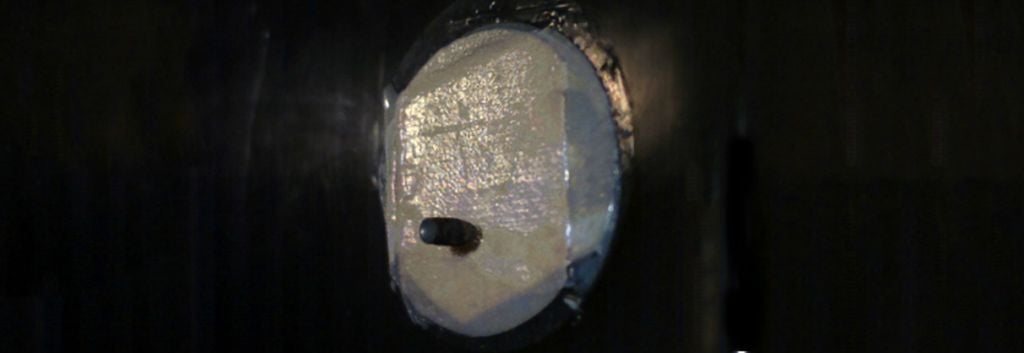Jalila Essaïdi is a Dutch artist and entrepreneur focused on biotech applications of spider silk, which she makes using the milk of genetically engineered goats.
Spider silk is one of the strongest materials in nature. Jalila Essaïdi had her curiosity piqued when she read about the work of Randolph Lewis, a Professor at Utah State University, who had developed a method to create synthetic spider silk from goat milk.
“We genetically engineered the goats so that they produced a spider protein in their milk. We then purify that protein from the milk and spin it into fibers,” Lewis told CNN in an interview.
“One of the goals of producing this spider silk on a large scale was creating bulletproof vests, and I thought ‘why not bulletproof humans?’” said Essaïdi.
To create the bulletproof skin, she took leftover skin from plastic surgery and cultured cells from both the dermis and epidermis within a scaffold of synthetic spider silk. Then, she took it to the Forensic Genomics Consortium Netherlands to test whether the silk-threaded skin was bulletproof.
The skin was able to stop some .22 caliber bullets, though not those at full speed. Instead of going through, the bullets got wrapped in the bulletproof skin and took it with them as they passed.
If humans were fitted with this bulletproof skin and shot at, although the skin would not be pierced, the internal tissues would still be harmed by the bullet’s impact. As Essaïdi pointed out, you would leave behind a “beautiful corpse” with intact skin.
But the aim of the project is not actually to make humans bulletproof. “It’s an interesting experiment, but probably not the future for mankind,” commented Lewis.
Conceived as an art piece, it rather explores the possibilities of biotech and its moral implications, especially amidst a rising “culture of fear” brought by media coverage.

After this proof of concept, Essaïdi founded the company Inspidere. Based in Eindhoven, the Netherlands, it developed sustainable materials, among them the synthetic spider silk, which the company presents as a cruelty-free alternative to leather with better material performance.
And it is not the only one. The German AM Silk uses bacterial fermentation to produce silk proteins that will be the basis of a biodegradable shoe from Adidas. In the US, Bolt Threads is also growing synthetic silk to create high-quality clothing.
A second project being developed at Inspidere is called Mestic, short for manure-derived bioplastic. The project seeks to take a material considered waste by humans into plastics that can be used in the manufacturing industry. As a result, it would help reduce the accumulation of toxic levels of phosphate and nitrogen in the soil driven by excess manure.
Despite all her entrepreneurial activity, Essaïdi remains an artist at heart, as the founder and president of the BioArt Laboratories foundation, and as a bioart teacher at the Fontys School of the Arts.
Some of her bioart work includes organ scaffolds made out of spider silk and cobalt-chrome that try to capture the minimum components required to create a functioning artificial organ. Or using music to explore how different rhythms can guide the growth of cells. Or making Zebra finches observe their own brain cells in the form of linear art.

This article was originally published in February 2016 authored by Dani Bancroft and has since been updated.
All media via Jalila Essaïdi





